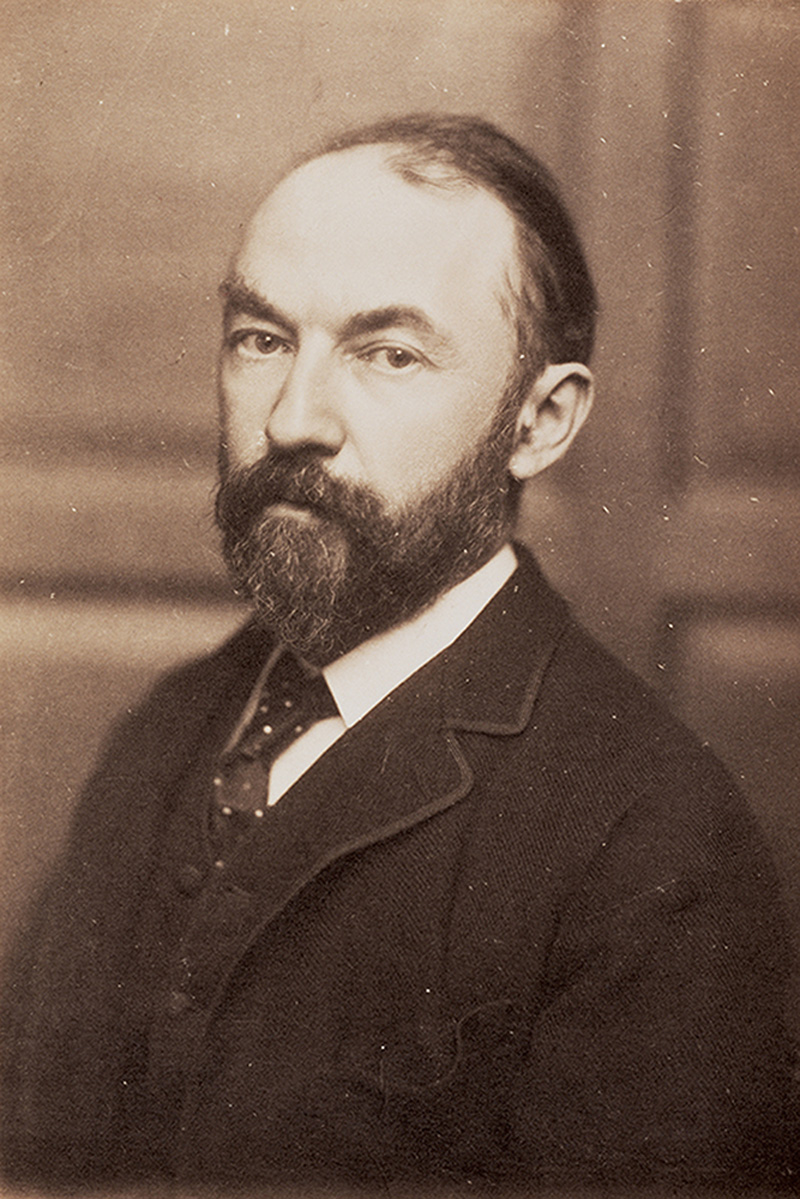A group of three areas that straddle two separate boroughs of London, and yet only five blue plaques between the whole lot of them. Now, this is not to say that Streatham, Tooting & Tulse Hill have been historically devoid of people of note – far from it. As we have already covered in this series, South London is unfairly underrepresented in the blue plaque scheme. We at South London Club are not going to argue the proverbial with those north of the river as to why this is the case, it’s obviously prejudice and we are just fine with that. If English Heritage and all the other custodians of the blue plaque scheme want to continue adding to the 165 blue plaques already in Kensington and Chelsea, go for it. We should probably be happy about the lack of blue plaques, all the cool cats South London has produced are still alive. Anyway, here's our list of the blue plaques of Streatham, Tooting & Tulse Hill.
thomas hardy - 172 Trinity road, tooting
Poet & Novelist
Let’s face it, when you think of Thomas Hardy you think of pastoral England and rolling countryside – not Tooting. Or maybe you do, who knows. When Hardy lived in Tooting between 1878 and 1881, he was still relatively unknown as a writer, and had recently married his wife Emma in 1874. Considering that his job at the time was to exhume bodies from St Pancras cemetery to make room for a new railway line, one can probably assume he could not afford to live there now. Famous for novels like Far from the Madding Crowd (1874), The Mayor of Casterbridge (1886), and Tess of the D’Urbevilles (1891), Hardy would use Tooting as the setting for his 1911 poem Beyond the Last Lamp.
sir harry lauder - 46 longley road, tooting
Music-Hall Artist
(On the right)
Forget your Nicki Minajs, your Justin Biebers, your Ed Sheerans, and your Pitbulls. Okay, who are we kidding, forget your Pitbulls? Timeless, genre-defining, humanity progressing artists like him are unforgettable. But, there is one thing Pitbull did not achieve – first singer to sell over a million records. DALÉ! That was Sir Henry Lauder, pictured with Charlie Chaplin. Now, unlike Mr. 305, Sir Henry wrote almost all of his songs, and while he lived in Tooting from 1903 to 1911, he rose to prominence through songs like ‘I Love a Lassie’ and ‘Roamin in the Gloamin’, all sung in his thick Scottish accent.
tommy trinder - 54 wellfield road, streatham
Comedian
Born in Streatham in 1909, Tommy Trinder was a pre-war and post-war comedic actor whose catchphrase was ‘You lucky people’. Though largely forgotten today, Trinder was something of a titan of comedy in his day, and 14 million tuned into see him perform at the London Palladium. Little is known about his childhood in Streatham and what he got up to, but it is known that he left school at a young age, and became a touring entertainer straightaway.
arthur mee - 27 lanercost Road, Tulse hILL
Writer + Topographer
The reason behind the one and only blue plaque in the entire expanse of Tulse Hill, Arthur Mee was a very prolific writer who produced a variety of different forms of literature, including a complete topographic series on British counties and The Children’s Encyclopaedia. Arthur Mee moved to Tulse Hill with his wife Amy in 1897, and there began his family in apparently solidly middle-class surroundings. It was during his time in Tulse Hill that Mee would begin in earnest his quest to provide him and his family financial security through his writing, and his output from this period allowed his family to upscale to a larger house in 1902 in West Norwood.
sir arnold bax - 13 pendennis road, streatham
Composer
Sir Arnold Bax was born in Streatham back when it was a prosperous part of Surrey in 1883, and would grow up there, initially being school in nearby Balham and then the Hampstead Conservatoire. A man of prolific output who produced an incredibly wide variety of music, much of which was based on the Celtic legends he was fascinated by. Since his death in 1953 however, his music has struggled to maintain popularity, and is rarely played in concert halls, though much work has been done to produce recordings and preserve his music for future generations.
what is the south london club card?
The South London Club is a local discount card to help support small independent businesses across South London whilst saving all who live, work & play in South London money! With over 500+ local discounts to choose from, you will discover & explore all the best hidden gems in South London. Join over 4,000 of us & celebrate all that's independent in South London!












